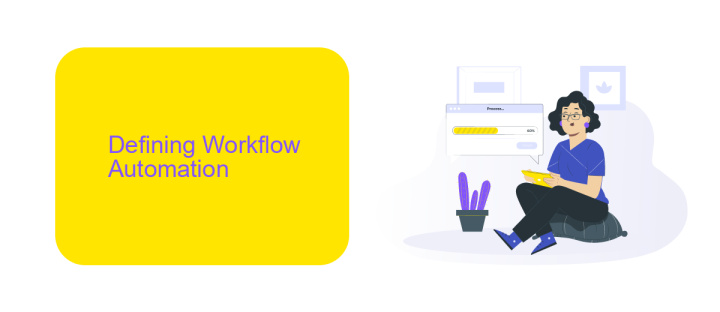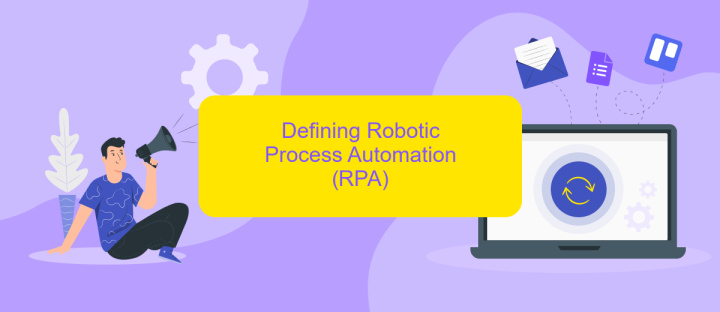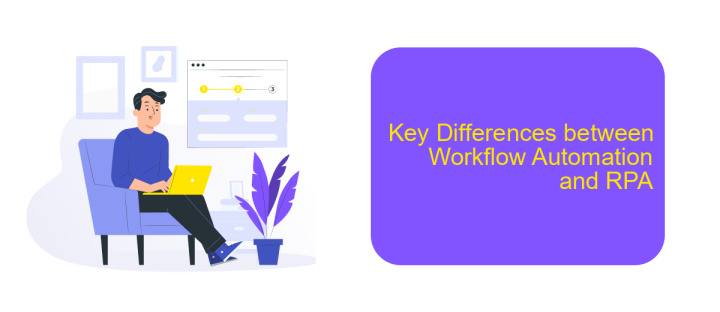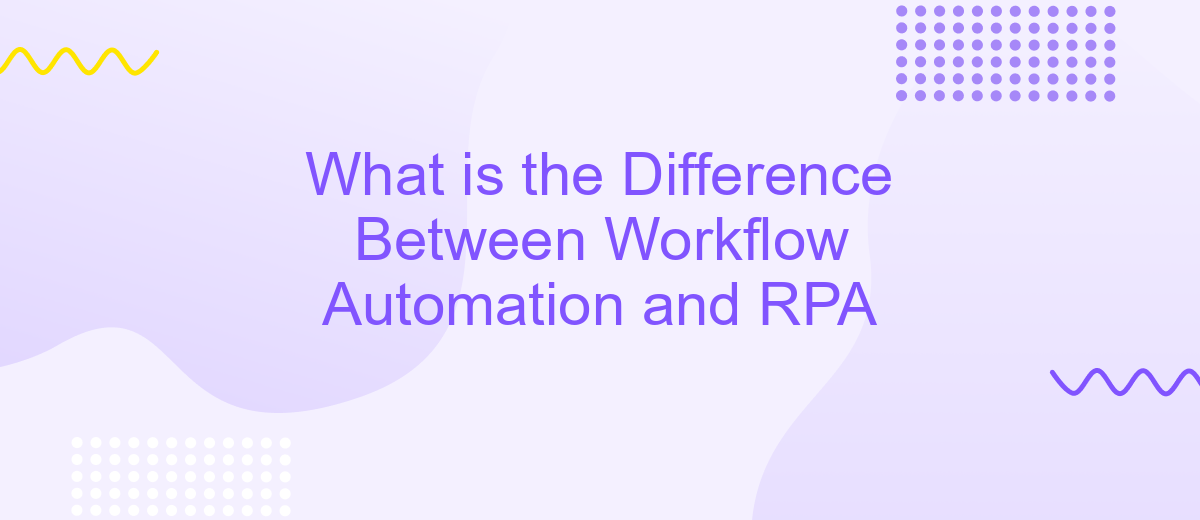What is the Difference Between Workflow Automation and RPA
In today's rapidly evolving technological landscape, businesses are increasingly leveraging automation to enhance efficiency and reduce operational costs. Two key terms often encountered in this context are Workflow Automation and Robotic Process Automation (RPA). While they may seem similar, they serve distinct purposes and offer unique benefits. This article explores the fundamental differences between Workflow Automation and RPA, helping you make informed decisions for your organization.
Workflow Automation vs. RPA
Workflow automation and Robotic Process Automation (RPA) are often confused, but they serve different purposes. Workflow automation focuses on streamlining and automating business processes through predefined rules and logic. It is ideal for tasks that require human decision-making and coordination across multiple systems.
- Workflow automation: Streamlines processes by automating tasks based on predefined rules.
- RPA: Uses software robots to mimic human actions and automate repetitive tasks.
- Workflow automation: Integrates various applications and services, such as ApiX-Drive, to ensure seamless data flow.
- RPA: Operates at the user interface level, interacting with applications just like a human would.
In summary, while workflow automation optimizes business processes by automating task sequences and integrating systems, RPA focuses on automating individual tasks by mimicking human actions. Choosing between the two depends on the specific needs of your organization. For seamless integration and automation, tools like ApiX-Drive can be highly beneficial, enabling efficient data transfer and communication between various applications.
Defining Workflow Automation

Workflow automation refers to the design, execution, and automation of processes based on a set of predefined business rules. This technology streamlines tasks, reduces manual effort, and ensures that operations are carried out consistently and efficiently. By automating workflows, organizations can enhance productivity, minimize errors, and ensure that tasks are completed in a timely manner.
One of the key components of workflow automation is the integration of various systems and applications. Tools like ApiX-Drive facilitate this by enabling seamless connections between different software platforms, allowing data to flow effortlessly from one system to another. This integration capability is crucial for maintaining a cohesive and efficient workflow, as it eliminates the need for manual data entry and ensures that all systems are updated in real-time.
Defining Robotic Process Automation (RPA)

Robotic Process Automation (RPA) is a technology that uses software robots or 'bots' to automate repetitive, rule-based tasks traditionally performed by human workers. These tasks can range from data entry and invoice processing to more complex workflows that involve multiple systems and applications.
- Task Identification: Identifying repetitive, rule-based tasks suitable for automation.
- Bot Development: Creating software robots to execute the identified tasks.
- Deployment: Implementing the bots within the existing IT infrastructure.
- Monitoring: Continuously monitoring the bots to ensure optimal performance.
- Optimization: Regularly updating and optimizing the bots for improved efficiency.
RPA offers numerous benefits, including increased efficiency, reduced errors, and cost savings. Unlike traditional workflow automation, which often requires extensive coding and system integration, RPA can interact with existing applications through their user interfaces. For example, services like ApiX-Drive can facilitate seamless integrations between various systems, making it easier to implement and manage RPA solutions. This adaptability makes RPA a versatile tool for businesses of all sizes looking to streamline their operations.
Key Differences between Workflow Automation and RPA

Workflow automation and robotic process automation (RPA) both aim to streamline business operations, but they differ significantly in their approach and application. Workflow automation focuses on automating a series of tasks within a defined business process, typically involving human intervention at various stages. In contrast, RPA uses software robots to mimic human actions and automate repetitive tasks without human involvement.
One of the key differences lies in their complexity and scope. Workflow automation is generally used for simpler, linear processes, while RPA can handle more complex, rule-based tasks. This makes RPA suitable for tasks that require interaction with multiple systems and applications.
- Scope: Workflow automation is limited to predefined processes, whereas RPA can adapt to various tasks.
- Human Intervention: Workflow automation often requires human input at different stages, while RPA operates independently.
- Integration: Workflow automation usually integrates well with existing systems, and tools like ApiX-Drive can facilitate these integrations. RPA, on the other hand, interacts directly with the user interface of applications.
Understanding these differences can help organizations choose the right tool for their needs. While workflow automation is ideal for streamlining straightforward processes, RPA offers a more robust solution for automating complex, repetitive tasks.
Choosing Between Workflow Automation and RPA
Choosing between workflow automation and RPA largely depends on the specific needs and goals of your organization. Workflow automation is ideal for streamlining repetitive tasks that involve multiple systems and human interactions. It's particularly useful for processes like document approvals, employee onboarding, and customer service workflows. This approach ensures that tasks are completed in a consistent and timely manner, reducing the risk of errors and improving overall efficiency. Tools like ApiX-Drive can further enhance workflow automation by integrating various applications and services, allowing seamless data transfer and communication between them.
On the other hand, Robotic Process Automation (RPA) is best suited for automating highly repetitive, rule-based tasks that do not require human decision-making. RPA can mimic human actions such as data entry, transaction processing, and data extraction across different software applications. This makes it an excellent choice for industries like finance, healthcare, and manufacturing, where precision and speed are critical. While both solutions aim to improve efficiency, the choice between workflow automation and RPA should be guided by the complexity and nature of the tasks you wish to automate.
FAQ
What is Workflow Automation?
What is Robotic Process Automation (RPA)?
How do Workflow Automation and RPA differ in terms of application?
Can Workflow Automation and RPA be used together?
What tools can be used for implementing Workflow Automation and RPA?
Routine tasks take a lot of time from employees? Do they burn out, do not have enough working day for the main duties and important things? Do you understand that the only way out of this situation in modern realities is automation? Try Apix-Drive for free and make sure that the online connector in 5 minutes of setting up integration will remove a significant part of the routine from your life and free up time for you and your employees.

